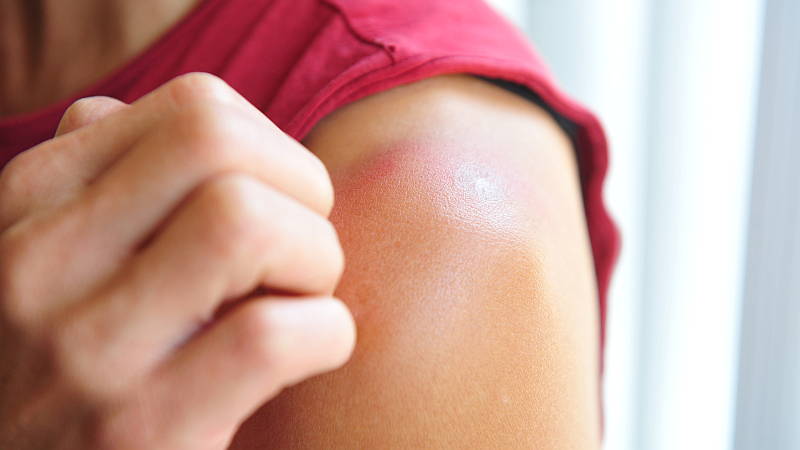
Pityriasis rosea is a widespread, often itchy rash, which usually lasts about six weeks. Teenagers and young adults are the most commonly affected, with most people showing signs of an upper respiratory infection prior to the rash onset. This includes a sore throat, mild fever and a cough. The cause of pityraisis rosea is uncertain; however, the clinical presentation of the rash suggests a viral infection as the possible source. Pityriasis rosea is not thought to be contagious.
A single scaling patch, called the Herald Patch, often appears one to twenty days before the general rash. Smaller scaly patches then appear every few days, mainly on the trunk. It may also spread to the thighs, upper arms and neck. Pityriasis rosea usually avoids the face, although sometimes a few spots spread to the cheeks. The oval patches often follow the line of the ribs like a Christmas tree. They have a pink, dry surface and may have an inner circle of scaling.
Pityriasis rosea treatment
Treatments generally cannot speed up the clearance of pityriasis rosea, but they can help to manage the symptoms. Treatment with a steroid cream or ointment usually brings prompt relief if the rash itches. Oral medicines such as erythromycin and acyclovir have also been reported to help. Extensive or persistent cases can be treated by phototherapy, but this is a rare treatment as most cases of pityriasis rosea usually clear up within 2 months. Avoiding excessive use of soap on the affected area is also important as this can cause further irritation and discomfort.
If you have any questions or concerns about pityriasis rosea contact your local doctor, who will arrange for you to see a dermatologist. Contact us today.